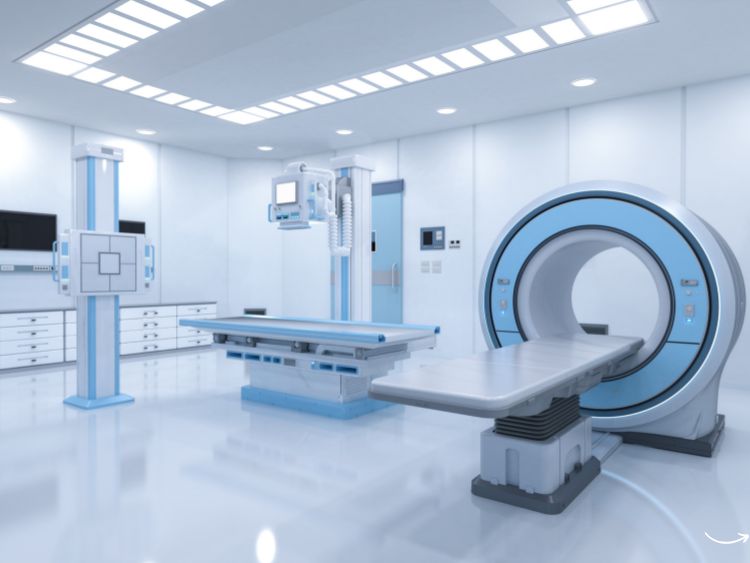When it comes to medical imaging and diagnostic radiology, Dakota Radiology stands at the forefront, leveraging cutting-edge technology to provide essential insights into patient care. This article delves deep into the world of radiology practices in Dakota, exploring innovative techniques, the impact of technology advancements, and how these elements translate into better patient outcomes. We’ll uncover the dynamics of this field, look into the future of radiological practices, and address some common questions that crop up around this topic.
What is Dakota Radiology?
Dakota Radiology refers to the practice of radiology within the Dakota regions, encompassing a range of techniques like MRI, CT scans, X-rays, and ultrasound, all tailored to meet the unique healthcare needs of its population. Radiologists in Dakota are known for their expertise and commitment to providing accurate, timely diagnoses.
Technological Advancements in Radiology
Radiology has evolved tremendously over the years, especially in technologically advanced regions like Dakota. Let’s break down these advancements:
- Digital Imaging: Gone are the days of waiting for X-ray films to develop. Digital systems allow for immediate viewing.
- Tele-radiology: This has been a game changer, especially in remote areas. Doctors can now send images to specialists around the world for quick analysis.
- 3D Imaging: Advanced software converts traditional images into three-dimensional ones, providing a comprehensive view of the patient’s internal structures.
The Role of Radiologists in Dakota
Radiologists in Dakota do more than just read images. They are integral to the healthcare team, often assisting in:
- Diagnosis: They detect abnormalities such as fractures, tumors, or diseases.
- Treatment Planning: Their insights are crucial in planning procedures like surgeries or cancer treatment.
- Interventional Procedures: Many radiologists perform minimally invasive surgeries guided by imaging technologies.
Benefits of Modern Radiology Practices
Modern radiology offers numerous benefits that ensure better care and patient outcomes:
- Speed and Accuracy: Modern equipment provides fast and precise images, leading to quicker diagnosis.
- Non-invasive: Many conditions can be diagnosed without the need for invasive procedures.
- Preventive Medicine: Radiology can detect diseases early, often before symptoms appear.
Challenges in Radiology Today
Despite advancements, challenges remain in the field of Dakota Radiology:
- Cost: High-tech equipment and specialist training elevate healthcare costs.
- Radiation Exposure: Managing patient exposure to radiation is a constant concern.
- Technological Disparities: Access to the latest technologies is not uniform, particularly in rural areas.
The Future of Radiology in Dakota
Looking forward, the future of Dakota Radiology is filled with potential:
- Artificial Intelligence (AI): AI is set to revolutionize image analysis, providing faster and possibly more accurate interpretations.
- Portable Imaging Devices: New technologies are making devices smaller and more portable, bringing radiology to the patient’s bedside.
- Enhanced Training and Education: Ongoing education in new technologies and techniques will be crucial for radiologists.
Dakota Radiology FAQs
What should patients know before undergoing a radiology procedure in Dakota? Patients should discuss any concerns with their radiologist, understand the procedure, and follow pre-test instructions to the letter.
How safe are radiological procedures? With modern safeguards and protocols, the risks are minimal. However, it’s important to discuss any potential risks with your healthcare provider.
Can radiology be used to treat conditions? Yes, interventional radiology uses imaging to guide minimally invasive surgical procedures, often reducing recovery times and improving outcomes.
Summary
Dakota Radiology remains a pillar of modern medicine, constantly evolving with technological advances to enhance diagnostic precision and patient care. As this field continues to grow, it promises even greater contributions to health and medicine in the Dakota regions, ensuring that residents have access to the best in diagnostic and interventional care.
